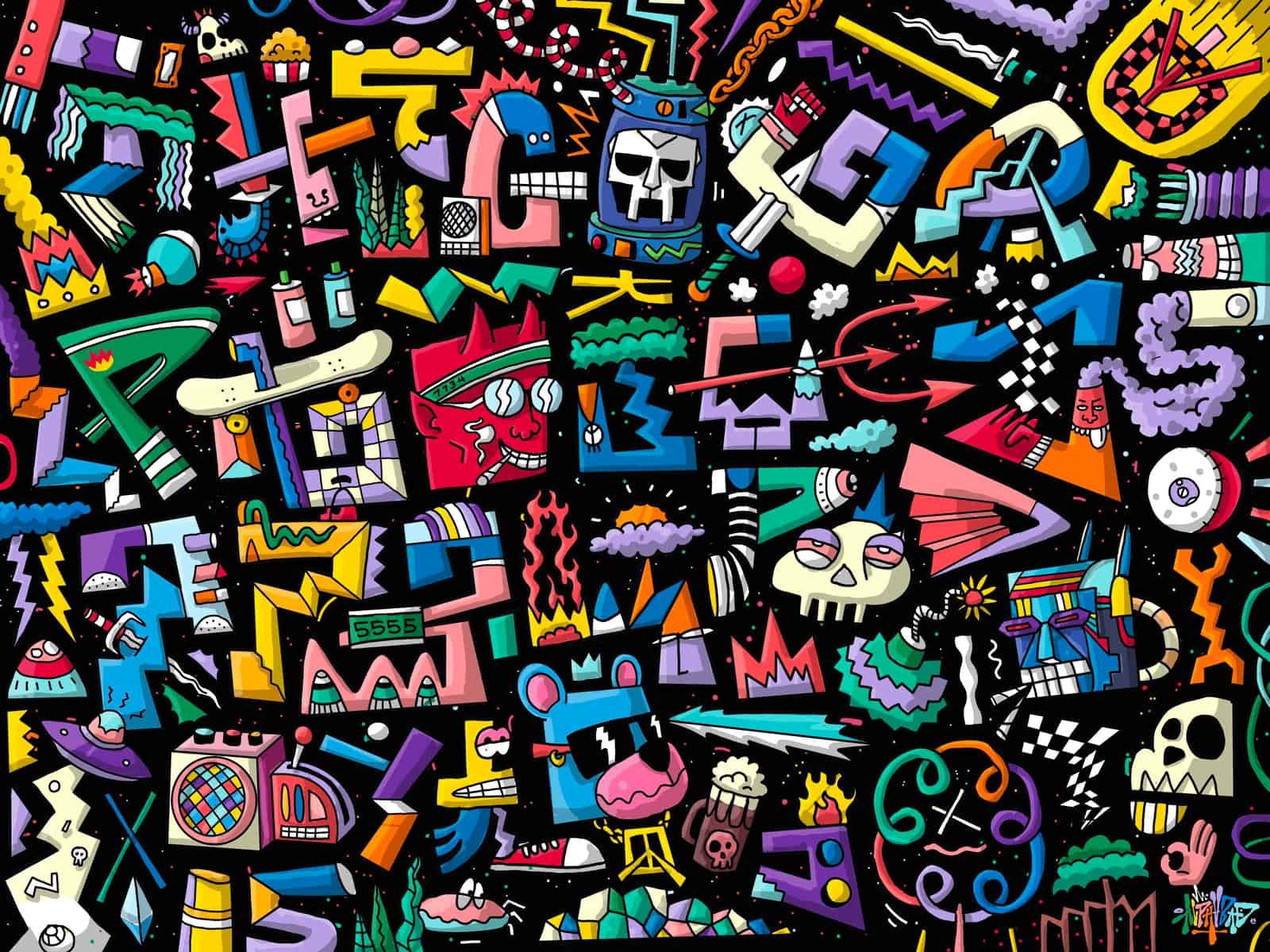IN
IN
JPN
EN
Join Our Communities

radarboy3000 (otherwise known as George Galanakis) founded CRYPTO ART WEEK ASIA when he realized crypto art was very Western-centric, and lacked adequate Asian representation.
“In Asia, there’s a cultural thing that art is not a career. There was also the need to mint on U.S. time, and there are language barriers,” he said. “Crypto Art Week was designed to combat all these perceptions.”
To shift this perception, TZ APAC and Crypto Art Week Asia partnered to produce an exhibition focused on showcasing 16 of Asia’s leading NFT artists at S.E.A. FOCUS 2022 – an STPI project that also aims to foster a deeper appreciation of contemporary art and artists in Southeast Asia – in conjunction with Singapore Art Week.
Shown on a series of digital screens, the works on display were as varied as the artists themselves; from radarboy3000’s ever-morphing generative work to static, almost impressionistic pieces depicting Asian landscapes, created by artificial intelligence.
While the exhibition was a clear display of prominent digital artists in the region, it was more symbolic of the arrival of the crypto art scene in Asia.
One of the most interesting aspects of the exhibition is the journey visitors took to eventually make their way to the NFT portion of the show. As visitors entered the S.E.A. Focus gallery, they were greeted with an exhibition featuring some of Asia’s most established artists working in mediums such as oils, clay, fabrics, metal, and more.
This is art as visitors expect it: beautiful, at times confronting, and utterly unattainable for many would-be collectors unless they have deep pockets.
This is in stark contrast to the crypto world, where there is a different idea about value. In the traditional art world, value is apportioned by galleries and curators; that’s not the case in the crypto world, where value is given by the community.
Compared to the traditional art exhibition, the Tezos NFT space offered visitors something more accessible and more exciting. Some of the art moves, slave to the whim of an underlying algorithm, and the larger Prism screens hanging in a portrait configuration on the walls feature a QR code.
Upon scanning, visitors were taken to each artist’s profile page on the largest NFT marketplaces on Tezos, Objkt.com and Hic et Nunc (or HEN, as it’s commonly known). Then and there, a casual viewer can instantly become a collector by directly purchasing the artist’s works from these marketplaces, using tez (Tezos’ native cryptocurrency).
radarboy3000 said he selected artists who were active in the community but had not had the exposure of other artists in the space.
He said the crypto market is more of a ‘fan’ market, something akin to the music market, where collectors can obtain an edition of a work at a price that’s not prohibitive, as a means of supporting an artist whose work they enjoy.
The exhibition also featured one of radarboy3000’s latest generative artwork using a hash from the blockchain, titled Permanence. “It takes the hash to generate the artwork and then injects the artwork back into the blockchain,” he said. “It’s a slice of time on the blockchain, and it’s all real-time generative.”
Beyond being a visual illustration of the blockchain in action, the piece also served another purpose - it allowed spectators to directly experience the minting process as they interacted with the artwork. A QR code enabled spectators to instantly create a Kukai account (a Tezos-based crypto wallet), mint an NFT, and have it synced with their wallet.
For many visitors, this was likely the first time they have directly interacted with generative crypto art, and mint an NFT of it, as part of a co-creative process.
With a high foot traffic, as well as 848 generative artworks being minted and the creation of 345 wallets over the course of ten days, the exhibition helped to develop and deepen people’s understanding of crypto art, the minting process, and the notion of digital ownership.
And for radarboy3000, there was the additional benefit of promoting the crypto art world to a wider audience of collectors, creators and general art enthusiasts.
“The crypto art world,” he concluded, “is a more interesting and sustainable model for the artists.”